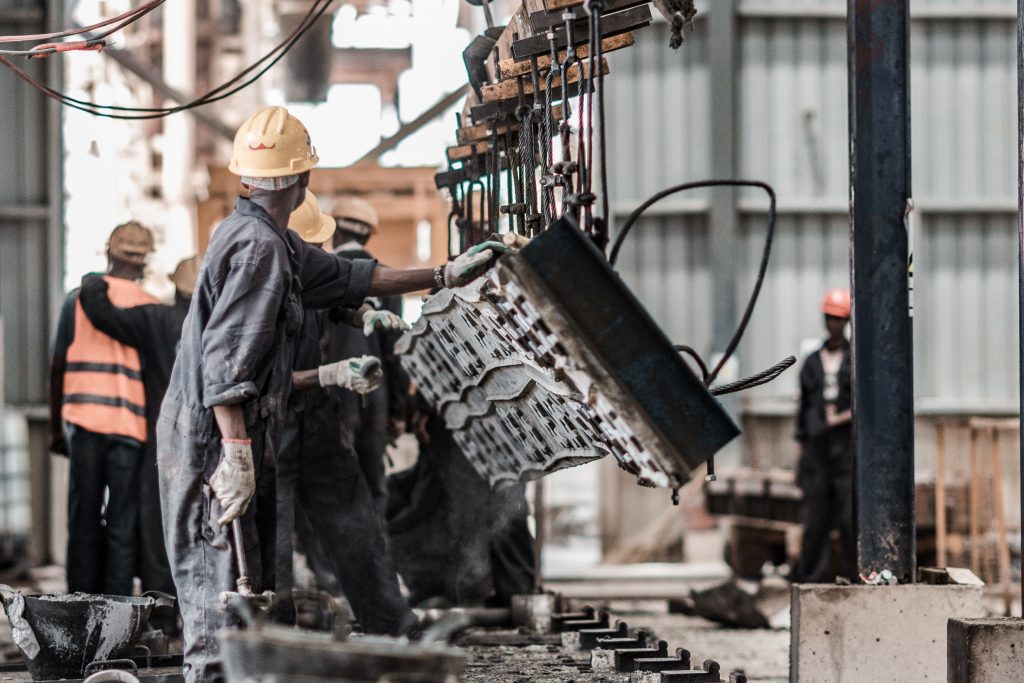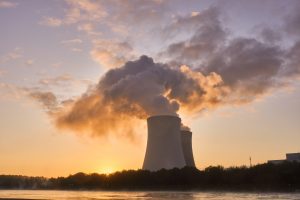The EU aims for CO2 neutrality by 2050 while the iron and steel sector is responsible for around 8% of global final energy demand, projected to increase. Additionally, the steel sector is currently the larger industrial consumer of coal, which provides around 75% of the sector’s energy demand.
An analysis of the finishing line of integrated steel works has been conducted to identify cost-optimal heat recovery measures, with the ArcelorMittal Asturias plant (ES) as a case study. The mathematical programming formulation used in this work comprises the possibilities for direct heat recovery by means of heat exchanger, heat recovery using heat pumps and the possibility for an inter-facility steam network, with the objective of minimizing total costs.
To investigate the impact of different decarbonisation pathways, storylines were created, implying changes in the energy system at a certain point in time. Therefore, to identify the cost-optimal heat recovery system for the individual storylines, price forecasts, and alternative energy carriers were analysed.
The overall range of change in total costs for the energy supply in the finishing line from 2020 to 2050 lies between -28% and +15% compared to the Business-as-Usual case. Biogas is an efficient substitution for by-product gases and natural gas if available. Without considering bio energy and carbon capture and storage, cumulative CO2 emissions of the considered steel plant can be reduced by up to 80%.
Full analysis and results are available in this paper.



